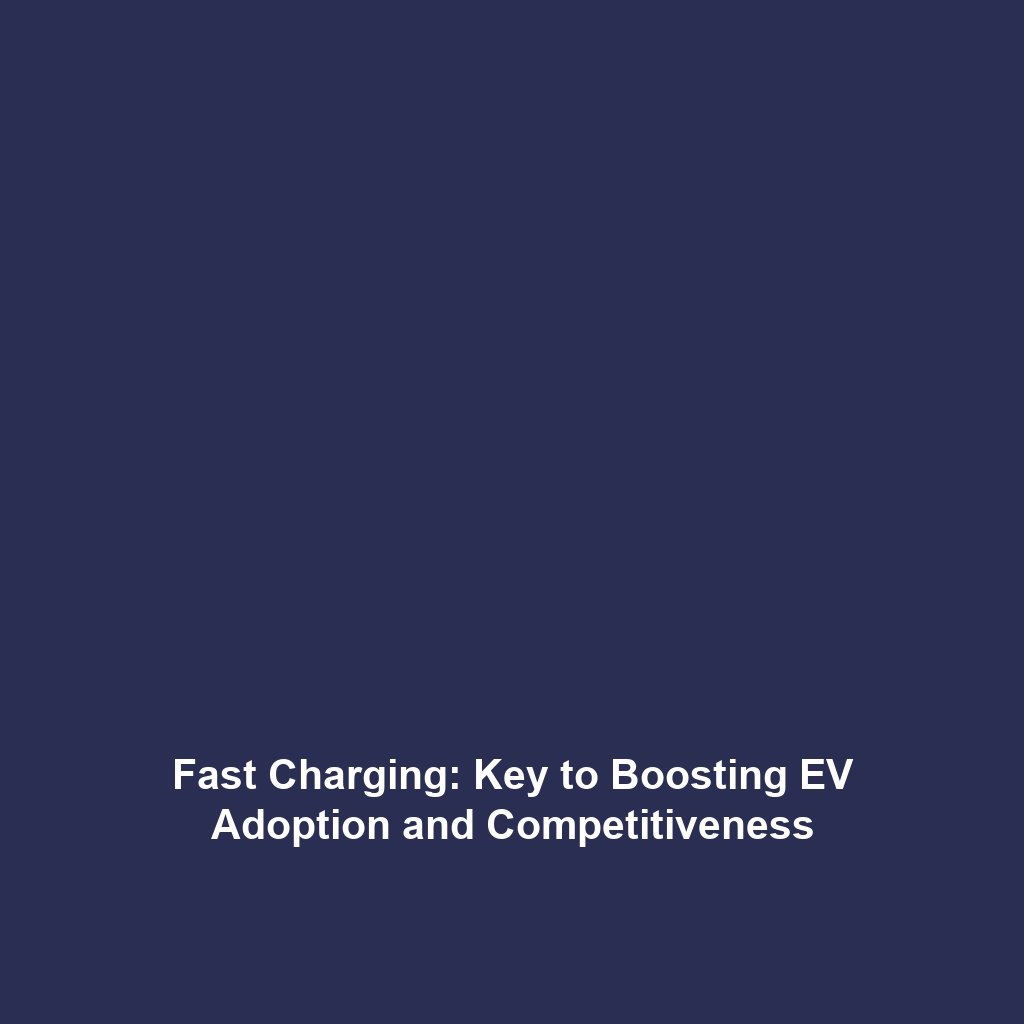Trucks in Carbon Capture & Storage Operations
Introduction
In the evolving landscape of Carbon Capture & Storage (CCS), the role of trucks has become increasingly significant, particularly for smaller-scale operations. These vehicles are vital for transporting captured CO2 from facilities to nearby storage sites, facilitating the efficient management of greenhouse gases. Effective transportation of CO2 is crucial for achieving climate goals, reducing atmospheric emissions, and advancing CCS technology. This article delves into the importance of trucks in CCS, examining their operational strategies, applications, challenges, and innovations.
Key Concepts
Understanding Carbon Capture & Storage (CCS)
CCS occurs in three main steps: capturing carbon dioxide emissions caused by industrial processes, transporting the captured CO2, and storing it underground in geological formations. Trucks play an essential role in the transportation phase, especially when the distance between CO2 capture facilities and storage sites is relatively short. This includes:
- Transporting CO2 in liquid or gaseous form.
- Adhering to safety regulations during transport, ensuring minimal leakage.
- Utilizing specialized vehicles designed for high-pressure and temperature control.
Applications and Real-World Uses
Trucks are increasingly being used in various applications within the Carbon Capture & Storage (CCS) framework. Notable examples include:
- Industrial Operations: Facilities that generate substantial CO2 emissions, such as cement plants and power stations, utilize trucks for efficient CO2 disposal.
- Testing & Pilot Projects: Smaller-scale CCS pilot programs and research initiatives rely on trucking for moving CO2 to test geological storage formations.
- Local Projects: Regional initiatives that aim to capture CO2 emissions from agriculture or waste management often depend on trucks for transportation logistics.
Current Challenges
Despite the important role trucks play in CCS, several challenges persist in their application:
- Infrastructure Limitations: Many regions lack the necessary infrastructure to support dedicated truck routes for CO2 transport.
- Cost Implications: The expense of specialized transport vehicles can hinder the feasibility of small-scale CCS operations.
- Regulatory Hurdles: Compliance with safety and environmental regulations can complicate transportation methods.
Future Research and Innovations
Future advancements in technology and research related to trucks in carbon capture and storage operations may include:
- Innovative Truck Designs: Development of more efficient, environmentally friendly vehicles tailored for CO2 transport.
- Automation: Potential incorporation of automated driving technology to enhance safety and efficiency in CO2 transportation.
- Advanced Monitoring Systems: Implementation of real-time monitoring tools to track CO2 emissions during transport.
Conclusion
In conclusion, trucks are essential for facilitating smaller-scale operations in carbon capture and storage (CCS), ensuring efficient movement of CO2 from capture facilities to storage sites. As research progresses and new technologies emerge, the role of trucks in CCS will likely expand, enhancing their effectiveness in mitigating climate change. To learn more about related topics in carbon capture technologies, consider exploring our articles on Emerging CCS Technologies and The Future of Carbon Sequestration.

